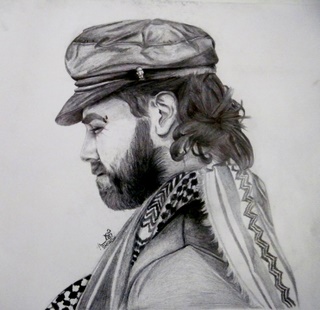Tag: Gaza
-

In photos: On hunger strike in Gaza
by Mya Guarnieri 10 February 2012 | Alternative Information Center A number of Gazans have joined Khader Adnan’s hunger strike to protest the inhumane conditions that Palestinian political prisoners face in Israeli jails. Israel often holds Palestinians in administrative detention without charges, depriving detainees of their right to due process. Adnan has been on hunger…
-

Entering the deadly zone, demonstration in front of Erez
7 February 2012 | Chroniques de Palestine Since 2008, demonstrations are organized in front of Erez in Beit Hanoun. This is in defiance of the “no go zone” imposed unilaterally by the Israelis. Any person who approaches the Green Line is under risk of being shot at. In fact many farmers; or rubble collectors have…
-

Happy birthday, dear Vittorio (RIP)
by Shahd Abusalama 4 February 2012 | Palestine from My Eyes As I realized today’s date, the 4th of February, a stream of memories flooded into my mind. Today, last year, marked my dear friend Vittorio Arrigoni’s last birthday I spent with him. I remember it was a nice, rainy Friday. I felt happy to…
